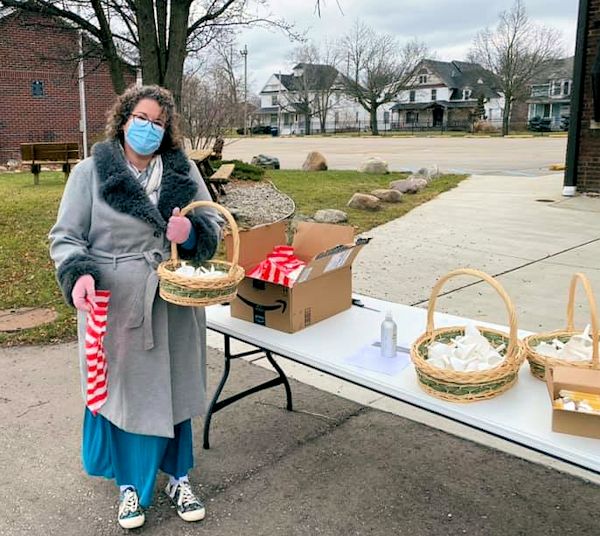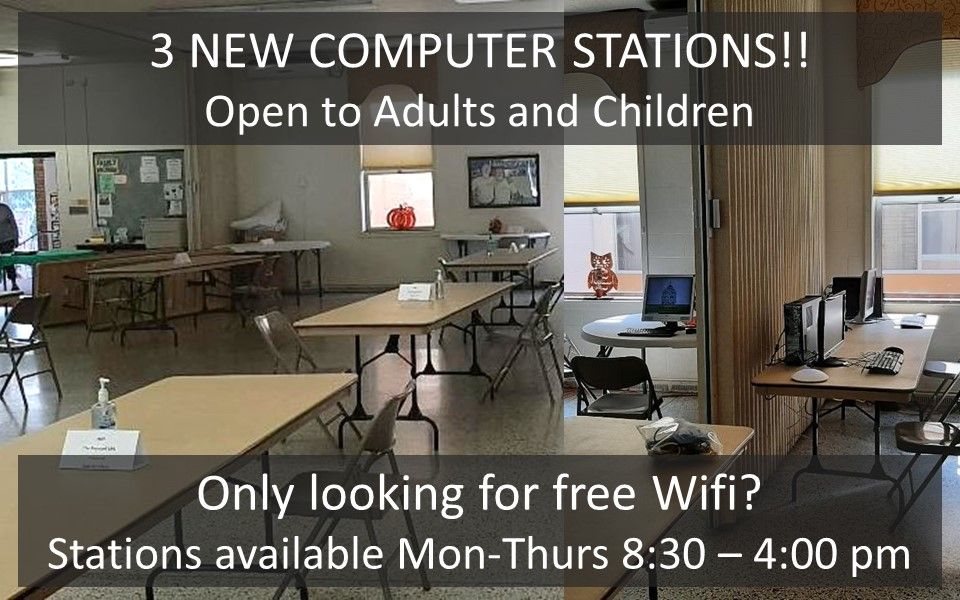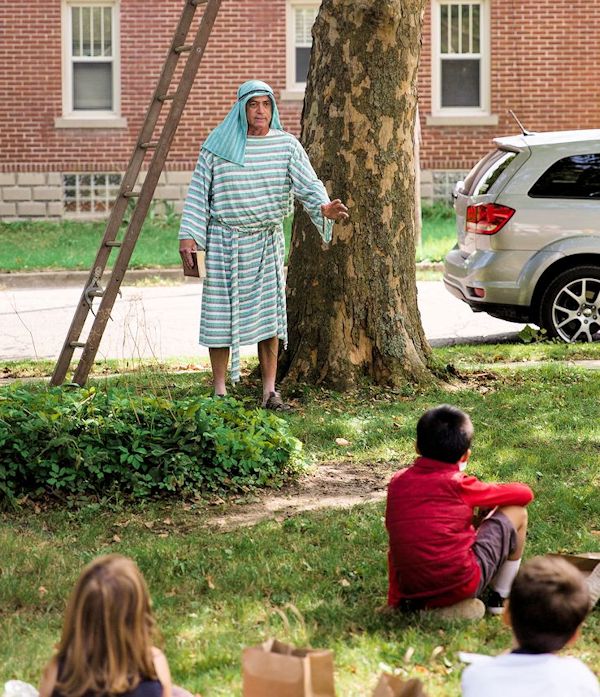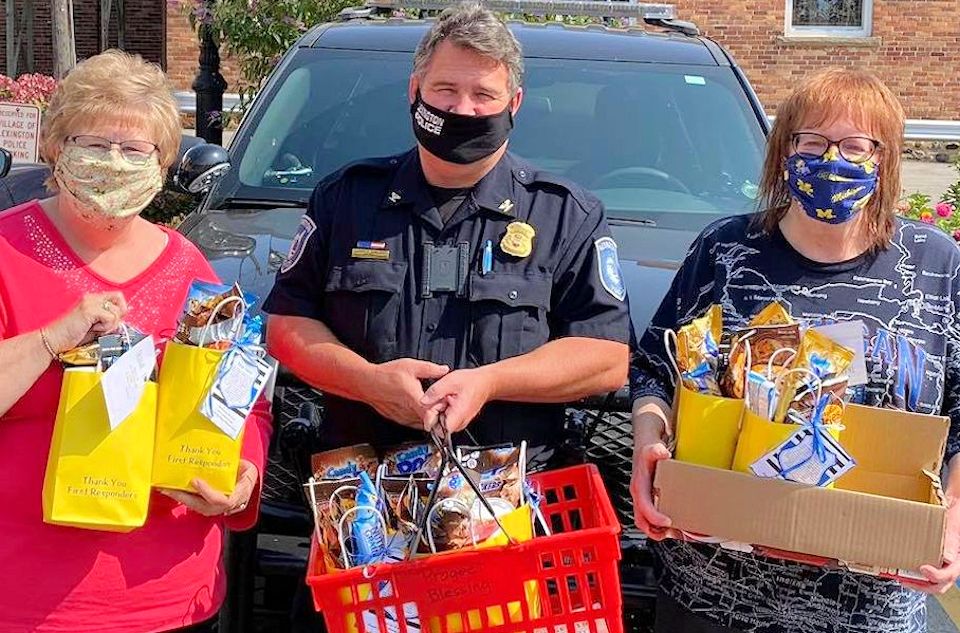This is the third in a series of reflections on life and faith during the COVID-19 era by District Superintendents of The Michigan Conference. The Rev. John Hice shares about the bravery of the East Winds District.
JOHN HICE
Superintendent, East Winds District

Who are the faces that come to my mind when I think about the pandemic on the East Winds District?
I think of Pastor Betty Kay Leitelt, creative and winsome, totally devoted to Jesus, and in love with the people she considered a privilege to serve. She had figured out how to manage a three-point rural charge and did it for a decade while serving as jail chaplain through Forgotten Man Ministries and as a chaplain for a motorcycle club when she was exposed to the COVID-19 virus. Betty was soon admitted to the hospital, and despite attentive care found it increasingly difficult to breathe. Even as she coped with the prospect that she may not survive, she was planning her next sermon and posted on Facebook what the subject would be if she delivered it from the pulpit and what it would be if she were rather to preach it in Heaven – yes, she was preparing to preach even in Heaven. On October 22 she wrote, ”Have a long ways to go but hope makes a huge difference.” She succumbed to the coronavirus on October 28.
I think of four additional pastors and three pastors’ spouses who were all seriously ill with COVID. While they struggled and suffered, they still did what they could to continue in ministry. Two pastors and one pastor’s spouse were hospitalized. They had no energy, felt like they “were run-over by a 16-wheeler,” and struggled for breath, but still, when they could, offered online devotions and worship, kept tabs on the direction of their churches, and the care of church members. They all expressed their admiration and appreciation of church leaders and congregations for stepping up and continued caring for each other and being the church while their abilities were diminished.
I think of church members who thought to consider the well-being of each other to be of higher importance than their urge to experience church in normal ways.
I think of the faces of pastors who sometimes felt alone and besieged when they expressed caution and some in their churches became angry and resistant.
I think of the clergy and churches who have stepped-up to learn live-streamed and recorded worship, devotions, and Bible studies; figured out how to do a coffee hour over Zoom; and invested in equipment to get this done. I think of their faces on our Mission Zone clusters of clergy meeting together as they reported their amazement that their average worship attendance had grown, sometimes two or three times their usual size.
These struggles are real. There has been grief. That’s the most dominant experience. Congregations have given up so much that they used to take for granted in regular worship and observances of seasons and holidays in the gathering of the saints.
Some have become painfully aware of their areas being underserved in cable and DSL Internet accessibility. Some have learned that this has been the result of injustices due to company decisions or politics of townships or counties.

Some have been left isolated because they haven’t learned to use the computer to access the online world. Many of these are elder members who haven’t understood the new technologies. In many cases, clergy and church leaders have sought to reach them by written documents sent by US Mail, and CD’s or DVD’s left at the doorstep.
Through it all, the congregations of the East Winds District have been able to remain connected with each other and their communities in some new ways … Online through Facebook, Zoom, and websites linked to YouTube for worship, study groups, youth groups, Sunday School … One Call-Call All robocalls … Christian Ed packets left on front porches … Sermons written on paper and sent through the mail … Telephone calls by clergy and member-to-members … Organized calling teams … Car parades going past homes … Outdoor worship … Driveway visitations.

Looking back on 2020, I saw God at work. The following are excerpts from my annual State of the District Report.
“No church?” Most of our clergy and congregations never even asked that question. Instead, with only about 42 hours notice, they address the question, “How will we worship if we can’t meet on-site, in person?” A few had already been live streaming their worship services; most needed to learn how and implement the venture within that short a span of time…and pulled it off! Our Mission Zone Facilitators met with me over a Zoom videoconference meeting the following week and proceeded to start weekly contact with pastors of churches in their zones, making certain that churches throughout the district were resourced for their full range of ministry and that clergy received care during this time of high stress.
Their reports, and those I received from our clergy during the first few months of the pandemic, consistently described the situation across our churches: acquisition of new equipment; new schedules of worship and midweek Bible study offered online; virtual Christian education, youth group, and leadership meetings by the use of videoconferencing. Members of churches joined their clergy in making regular contact with members and people in need. Farmworkers were given support and education for self-care, food ministries adapted to safe-distancing precautions. Where Internet services were lacking, ministry stubbornly persisted by front door delivery of sermons on DVD’s, written format sent through the mail; and One Call-Call All phone calls. By the power of God: when there was no way we found a way. I liked the message I saw on several church signs: “The building is closed but the church is open.”
The result has been staggering. We have taken stock of online worship attendance and have discovered how wide a reach of ministry we have. Many of our churches have substantially increased average worship attendance, with people who would never have crossed the thresholds of our sanctuaries have started regular attendance online when we, electronically, crossed our thresholds into the world.
Courage is measured by the extent to which one extends oneself to do what is right or what is needed in the face of sacrifice, risk, and effort. I could write a profile of courage for every pastor, deacon, and congregation serving in the East Winds District. Each of your stories has led us into places and times of God’s grace.
Last Updated on January 10, 2023

